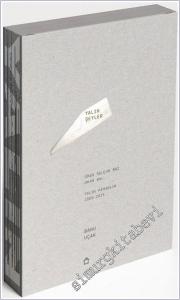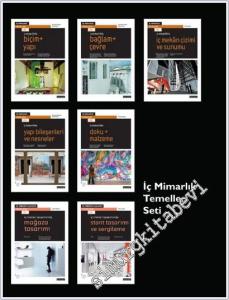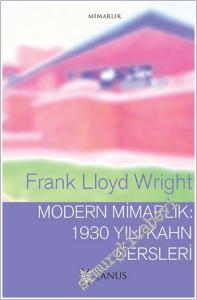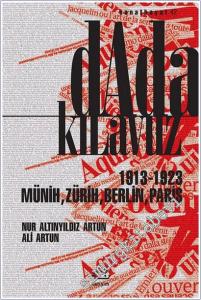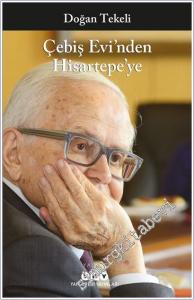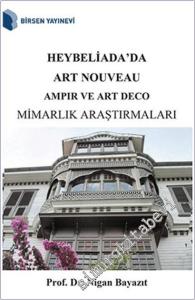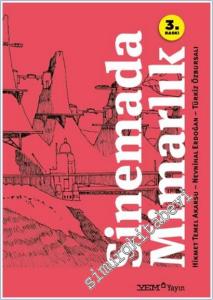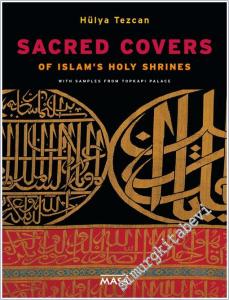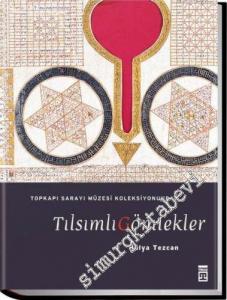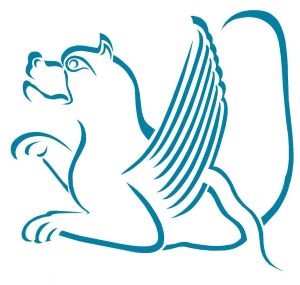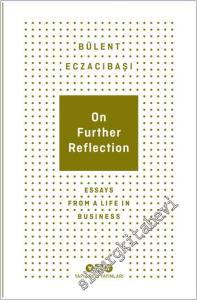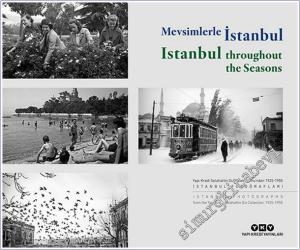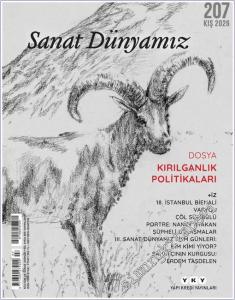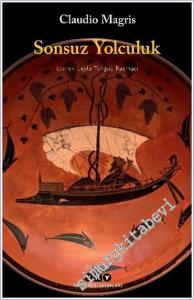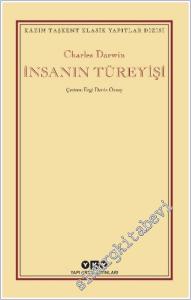#smrgSAHAF Topkapı Sarayı Müzesi 1: Köşkler -
Basıldığı Matbaa:
Tifdruk Matbaası
Dizi Adı:
Kargoya Teslim Süresi (İş Günü):
1&3
Hazırlayan:
Fotoğraflar: Sami Güner
Boyut:
16x24
Sayfa Sayısı:
32 s.
Basım Yeri:
İstanbul
Baskı:
1
Basım Tarihi:
1978
Çeviren:
Adair Mill
Kapak Türü:
Karton Kapak
Kağıt Türü:
Kuşe Kağıt
Dili:
Türkçe - İngilizce
Kategori:
0,00
1199159468
545622
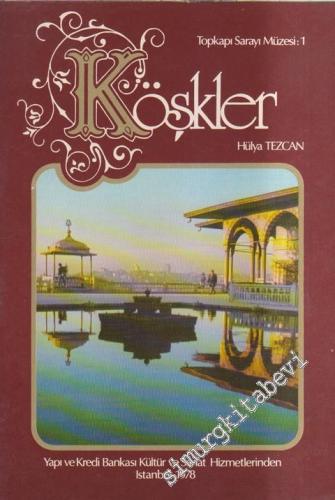
https://www.simurgkitabevi.com/topkapi-sarayi-muzesi-1-koskler
Topkapı Sarayı Müzesi 1: Köşkler - #smrgSAHAF
0.00
The pavilions which form the subject of this article stand in the fourth courtyard of the palace, described in old documents as the .4th place.. The courtyard is composed of a number of terra-() ces of varying heights, with the highest terrace to the left. This terrace is paved in smooth white marble and on one side has an exquisite pool and fountain. Around this pool are scattered the Sunnet Room, and the Baghdad and Revan Pavilions. The Sunnet Room consists of a single chamber with a small antecham. ber behind it. As a whole it may be said to date from the reign of Sultan Ibrahim (1640 - 1648) , but recent investigations have shown that the first structure dates hack to the 16th century. In the 17th century a bay window was added overlooking the Golden Horn. During the the construction of the paved courtyard and its surrounding buildings Sultan Ibrahim built the lftariye Pavilion and gave the Sunnet Pavilion Ito definitive form, which explains why it was to this Sultan that the pavilion was attributed. The pavilion is revetted with tiles both on the inside and the outside, some of the tiles employed dating back to the 15th century. The interior of the pavilion is also decorated with fountains placed at each side of the window recesses. There are various different explanations as to how the pavilion got its name. One explanation is that it was in this room that the Sultan per-formed the supererogatory prayers (Sonnet), the obligatory prayers being performed in the Chamber of the Holy Mantle. Another explanation is that the circumcision ceremony (Sonnet) for the royal princes was performed in this room, and on the whole this would appear to be the more plausible explanation. At the same time the royal diaries inform us that the Sultan often visited this room in the course of his daily life. The 18th century Surname-i Vehbi contains two miniatures illustrating a royal circimcision ceremony (pl. 4 - 5), while the construction of the room itself is described in a poem of 32 couplets written by Zekeriye-zade Yahya Efendi, the first couplet of which contains the date 1051 (t641). The lftariye Pavilion stands in the some courtyard (pl. 7). This was constructed by Sultan Ibrahim around 1640 when he was carrying oat alterations to the Sonnet Room and its surroundings, and is set on a projection supported by four brackets. A distinctive feature is the fact that the covering roof is made entirely of metal. This roof is long and narrow, rising up into a sort of dome in the centre, and is supported by four slender fluted columns. The roof is gilt, and an top there is a standard with a .Bismillah. inscribed on it. Inside the dome there is an inscription of 18 couplets, the date couplet giving the date as 1050 (1640) On religious festivals this pavilion was furnished with costly fabrics, and it was here that the palace officials exchanged bayram greetings after the prayers. On ordinary days, the Sultan would sit in this small, elegant pavilion with the pool in front of it and its magnificent view over the Golden Horn and listen to the entertainments that had been prepared for him [pl. 8).
The pavilions which form the subject of this article stand in the fourth courtyard of the palace, described in old documents as the .4th place.. The courtyard is composed of a number of terra-() ces of varying heights, with the highest terrace to the left. This terrace is paved in smooth white marble and on one side has an exquisite pool and fountain. Around this pool are scattered the Sunnet Room, and the Baghdad and Revan Pavilions. The Sunnet Room consists of a single chamber with a small antecham. ber behind it. As a whole it may be said to date from the reign of Sultan Ibrahim (1640 - 1648) , but recent investigations have shown that the first structure dates hack to the 16th century. In the 17th century a bay window was added overlooking the Golden Horn. During the the construction of the paved courtyard and its surrounding buildings Sultan Ibrahim built the lftariye Pavilion and gave the Sunnet Pavilion Ito definitive form, which explains why it was to this Sultan that the pavilion was attributed. The pavilion is revetted with tiles both on the inside and the outside, some of the tiles employed dating back to the 15th century. The interior of the pavilion is also decorated with fountains placed at each side of the window recesses. There are various different explanations as to how the pavilion got its name. One explanation is that it was in this room that the Sultan per-formed the supererogatory prayers (Sonnet), the obligatory prayers being performed in the Chamber of the Holy Mantle. Another explanation is that the circumcision ceremony (Sonnet) for the royal princes was performed in this room, and on the whole this would appear to be the more plausible explanation. At the same time the royal diaries inform us that the Sultan often visited this room in the course of his daily life. The 18th century Surname-i Vehbi contains two miniatures illustrating a royal circimcision ceremony (pl. 4 - 5), while the construction of the room itself is described in a poem of 32 couplets written by Zekeriye-zade Yahya Efendi, the first couplet of which contains the date 1051 (t641). The lftariye Pavilion stands in the some courtyard (pl. 7). This was constructed by Sultan Ibrahim around 1640 when he was carrying oat alterations to the Sonnet Room and its surroundings, and is set on a projection supported by four brackets. A distinctive feature is the fact that the covering roof is made entirely of metal. This roof is long and narrow, rising up into a sort of dome in the centre, and is supported by four slender fluted columns. The roof is gilt, and an top there is a standard with a .Bismillah. inscribed on it. Inside the dome there is an inscription of 18 couplets, the date couplet giving the date as 1050 (1640) On religious festivals this pavilion was furnished with costly fabrics, and it was here that the palace officials exchanged bayram greetings after the prayers. On ordinary days, the Sultan would sit in this small, elegant pavilion with the pool in front of it and its magnificent view over the Golden Horn and listen to the entertainments that had been prepared for him [pl. 8).
Yorum yaz
Bu kitabı henüz kimse eleştirmemiş.

